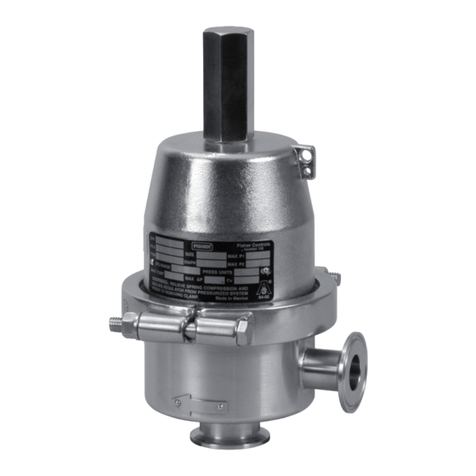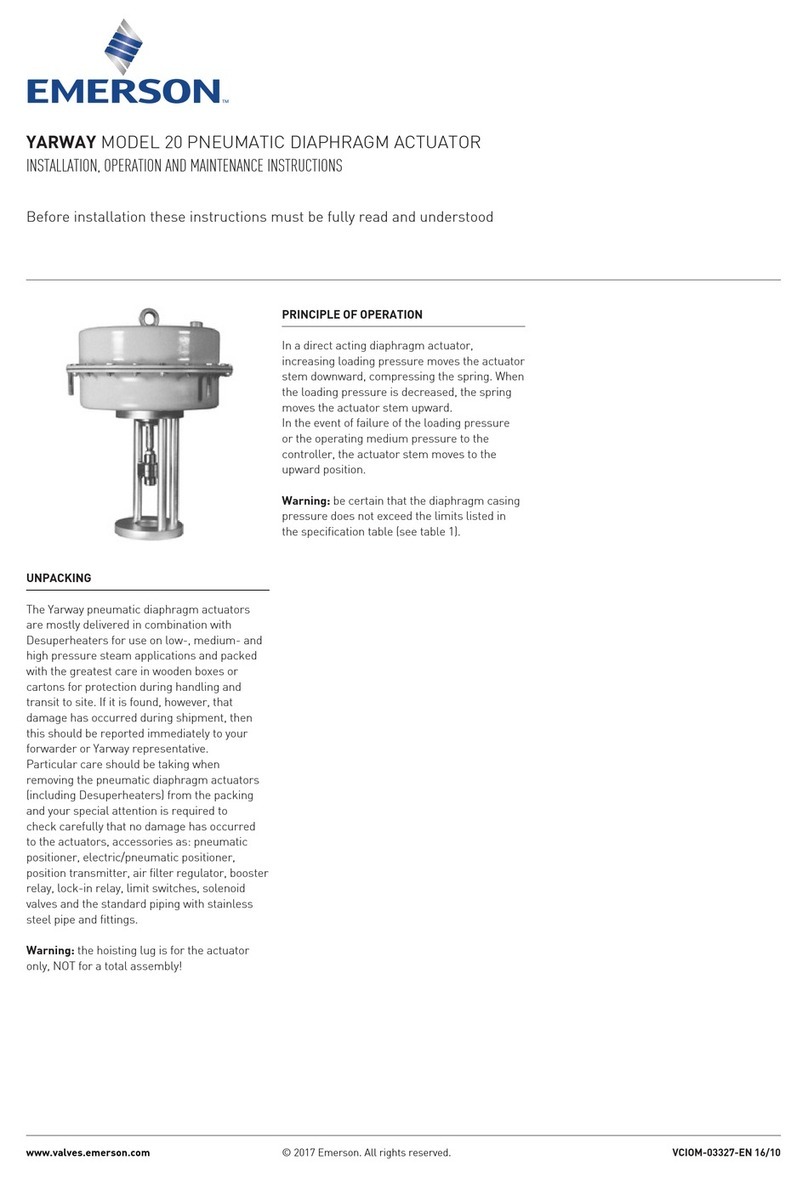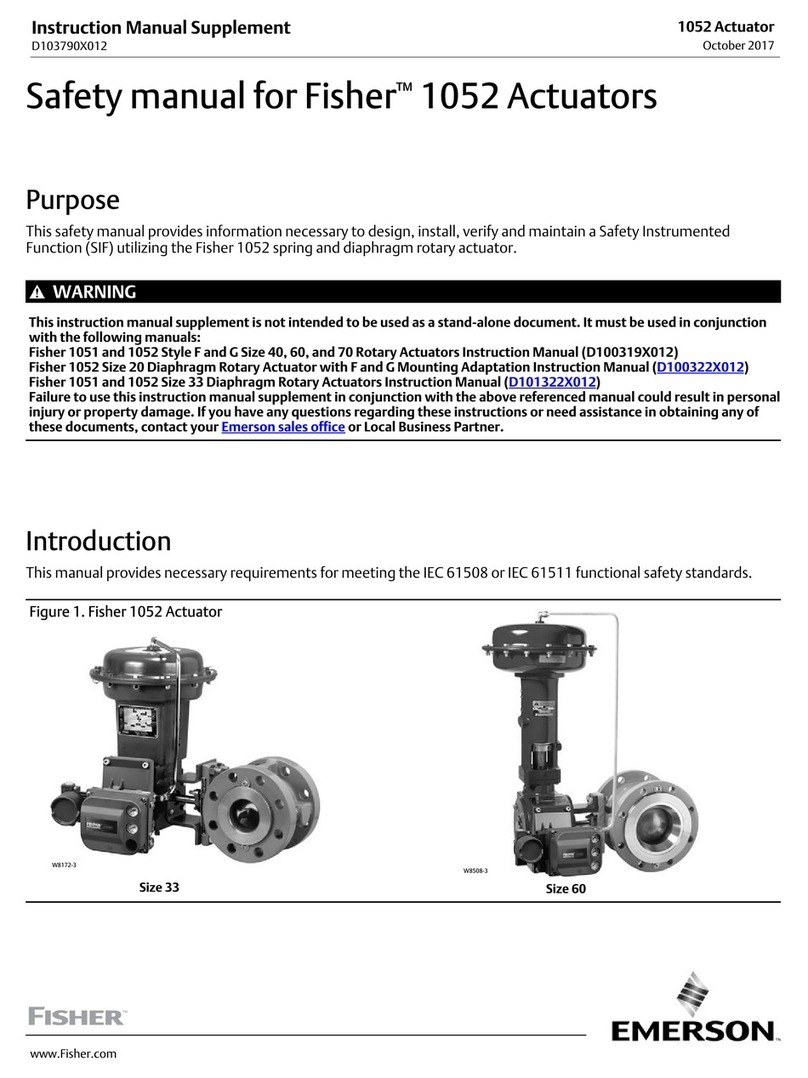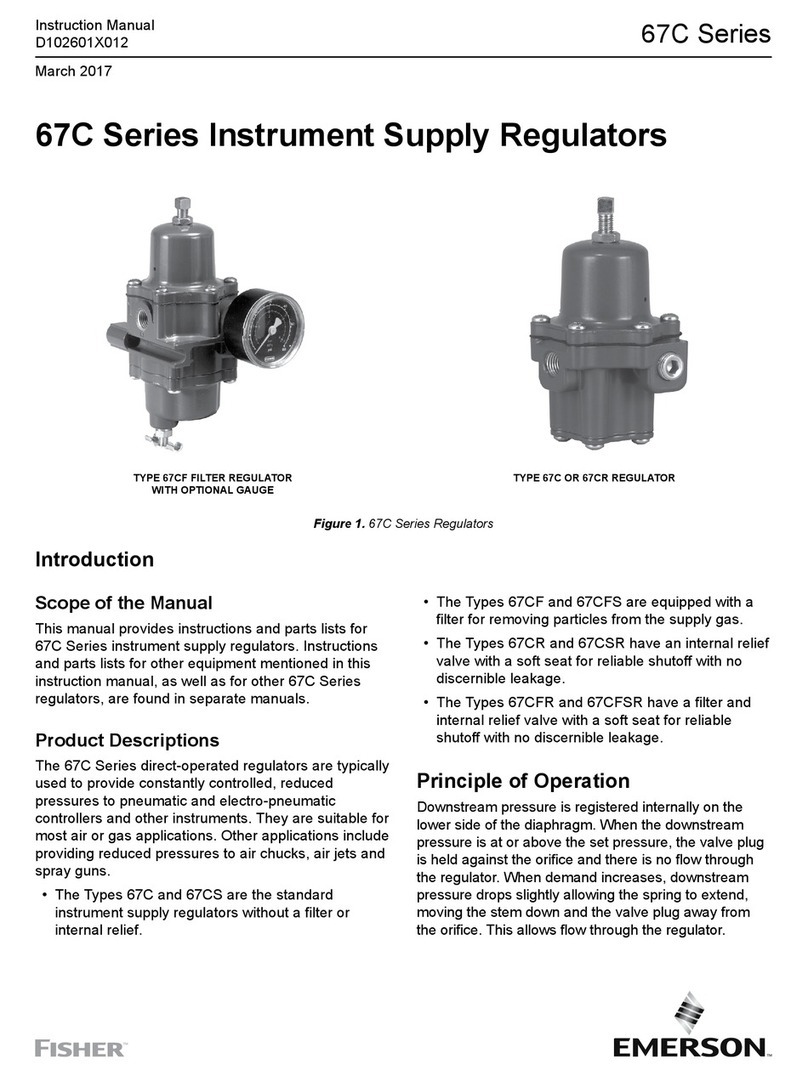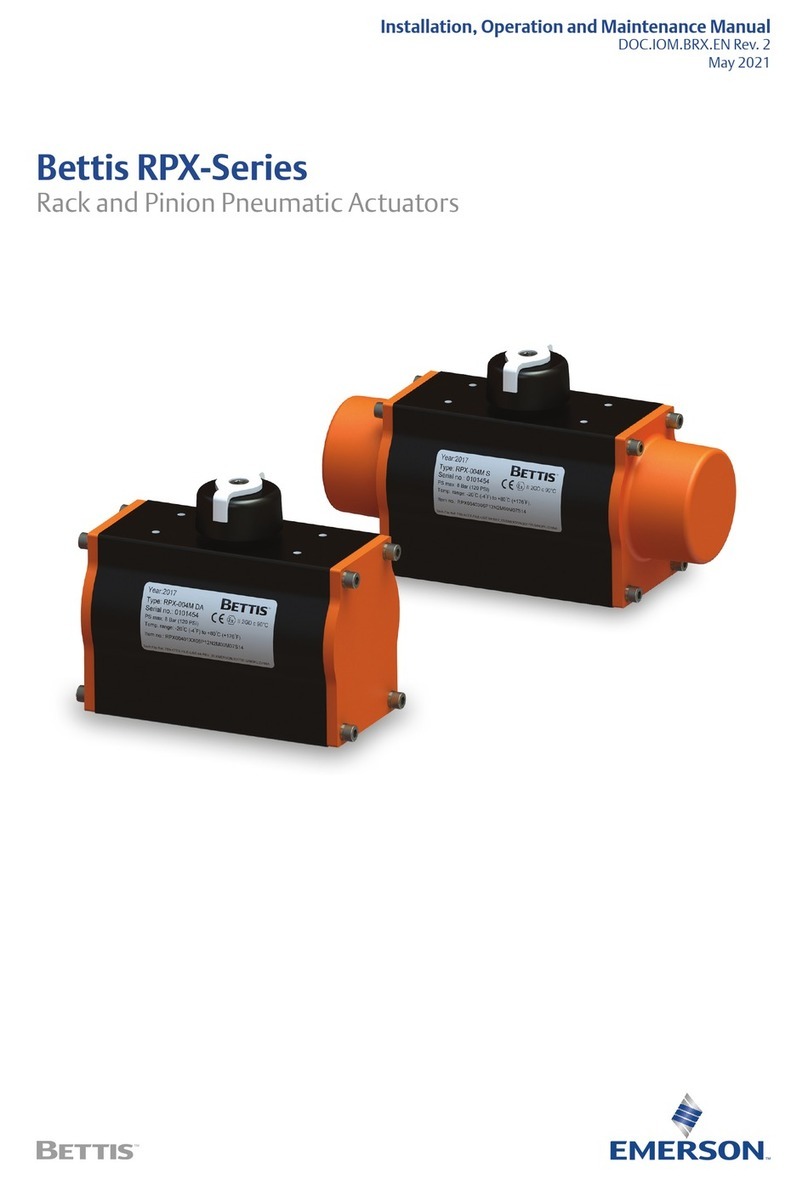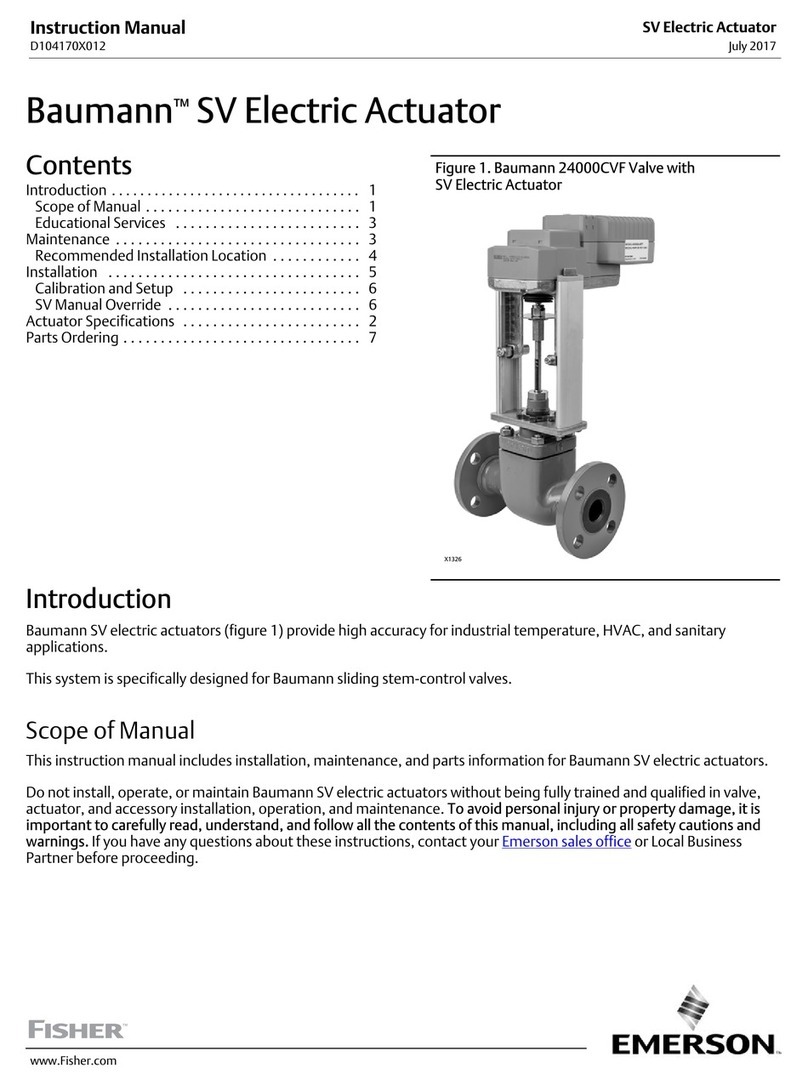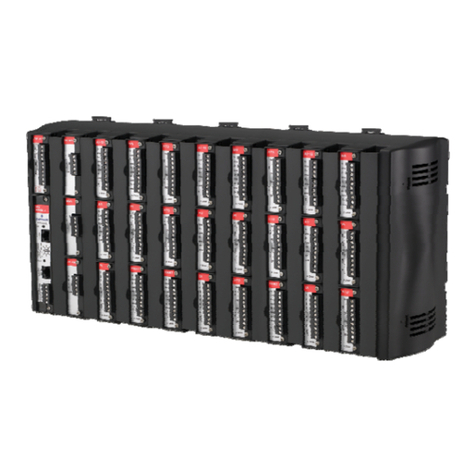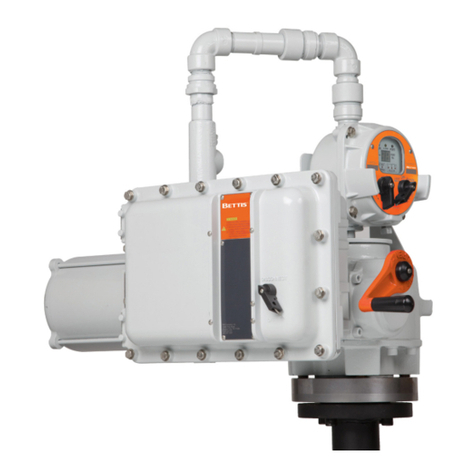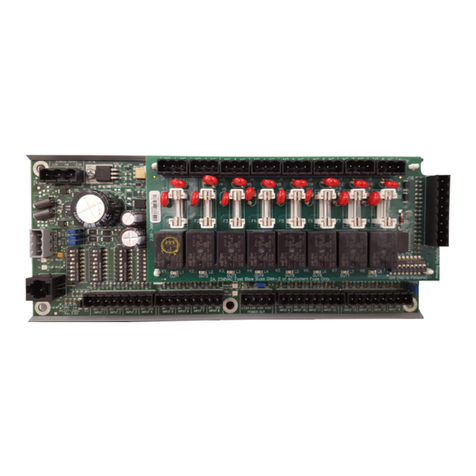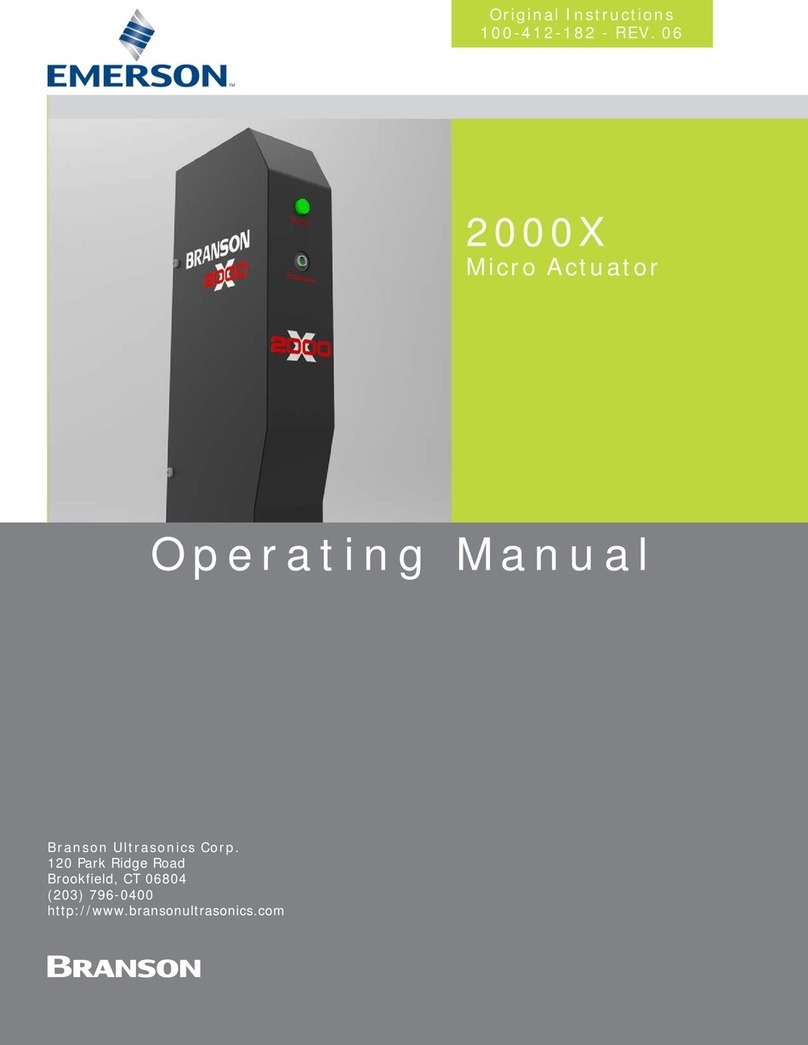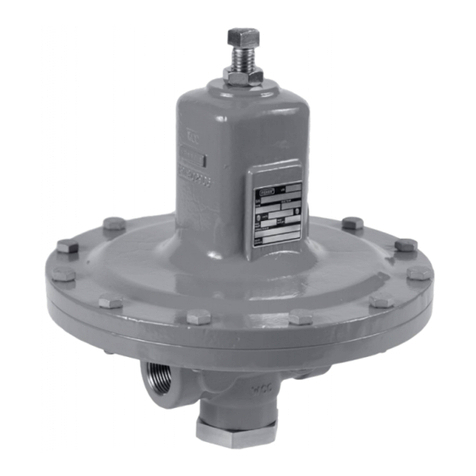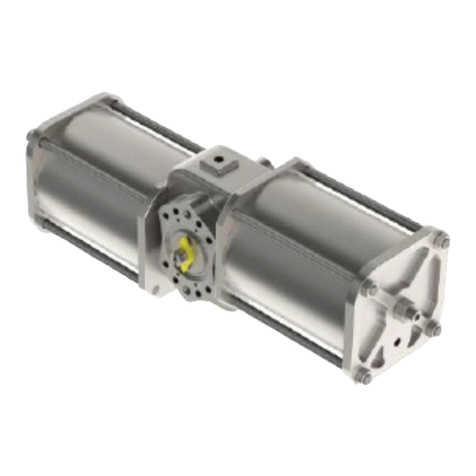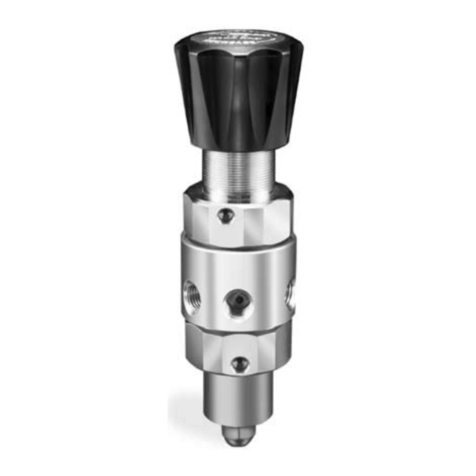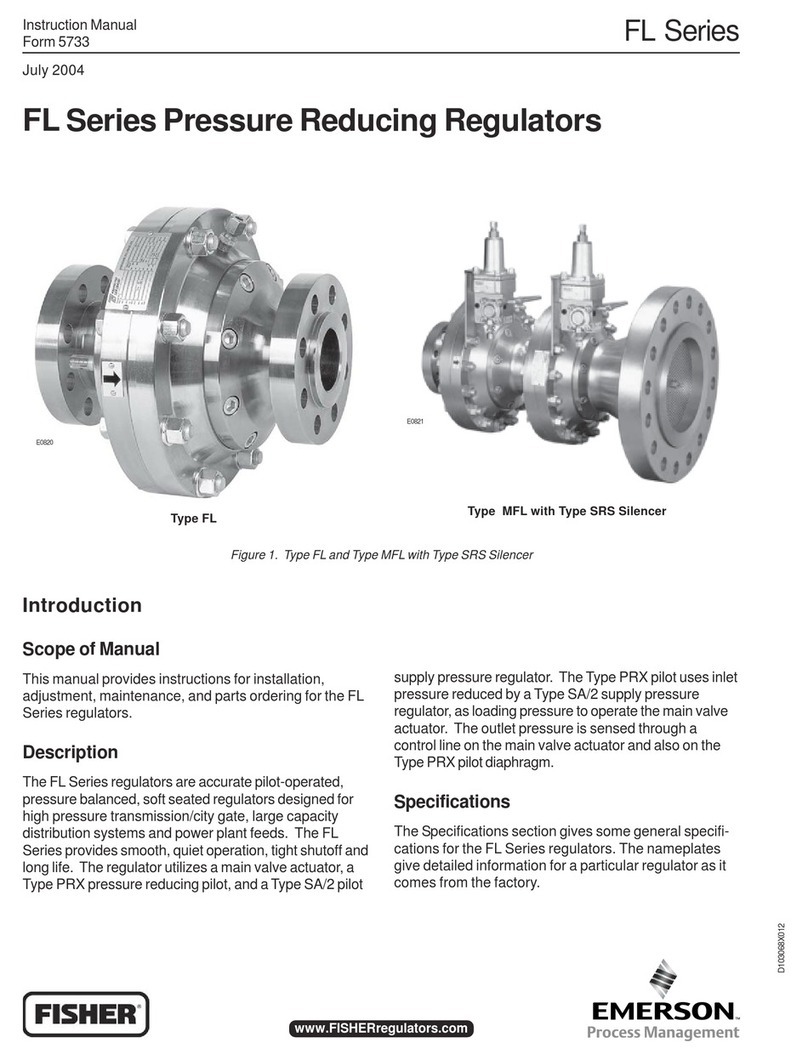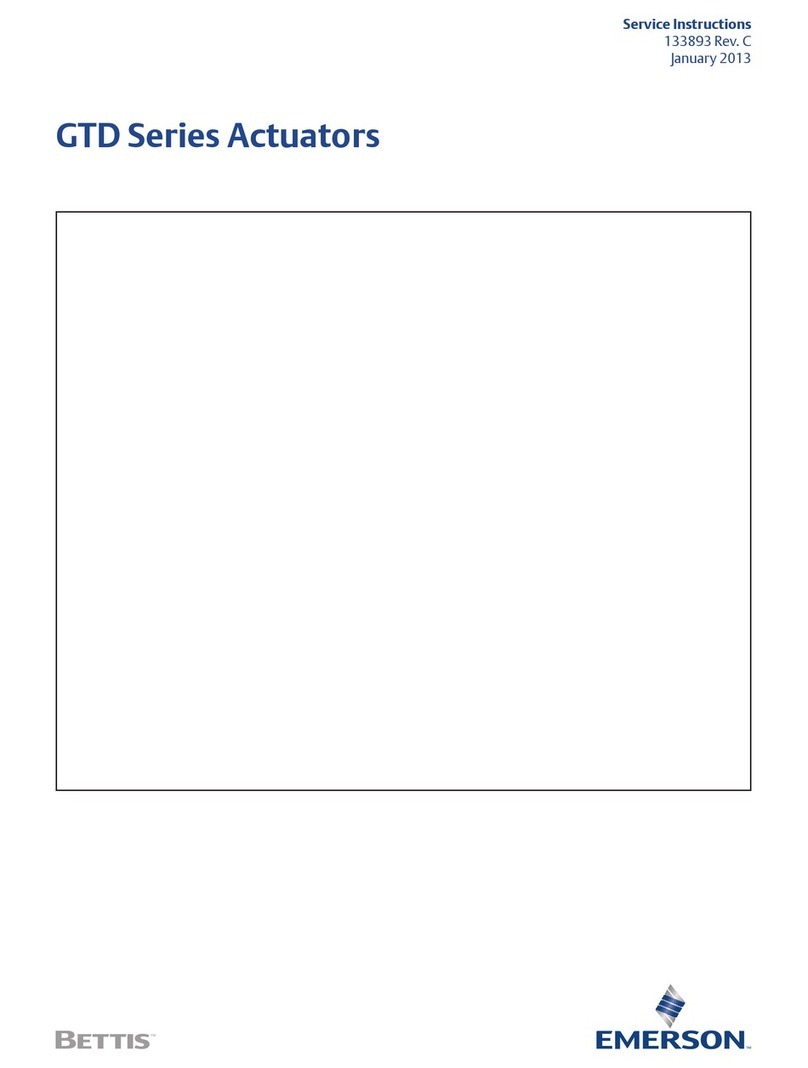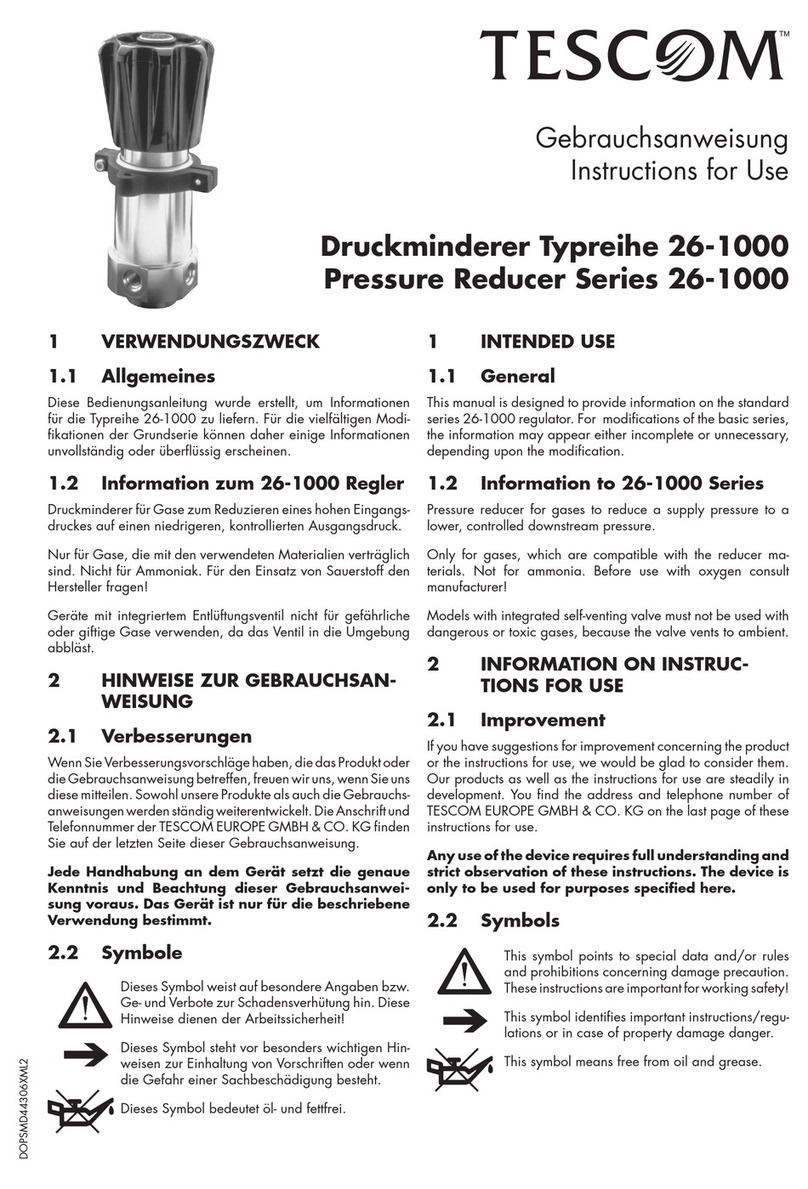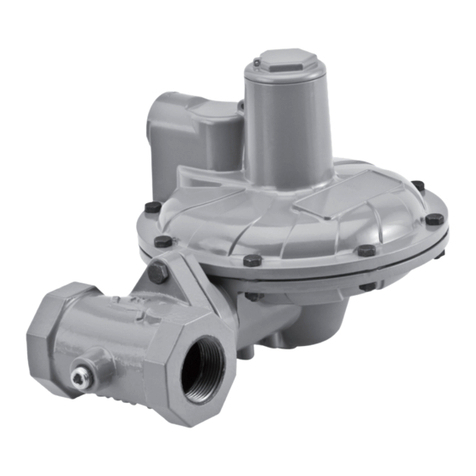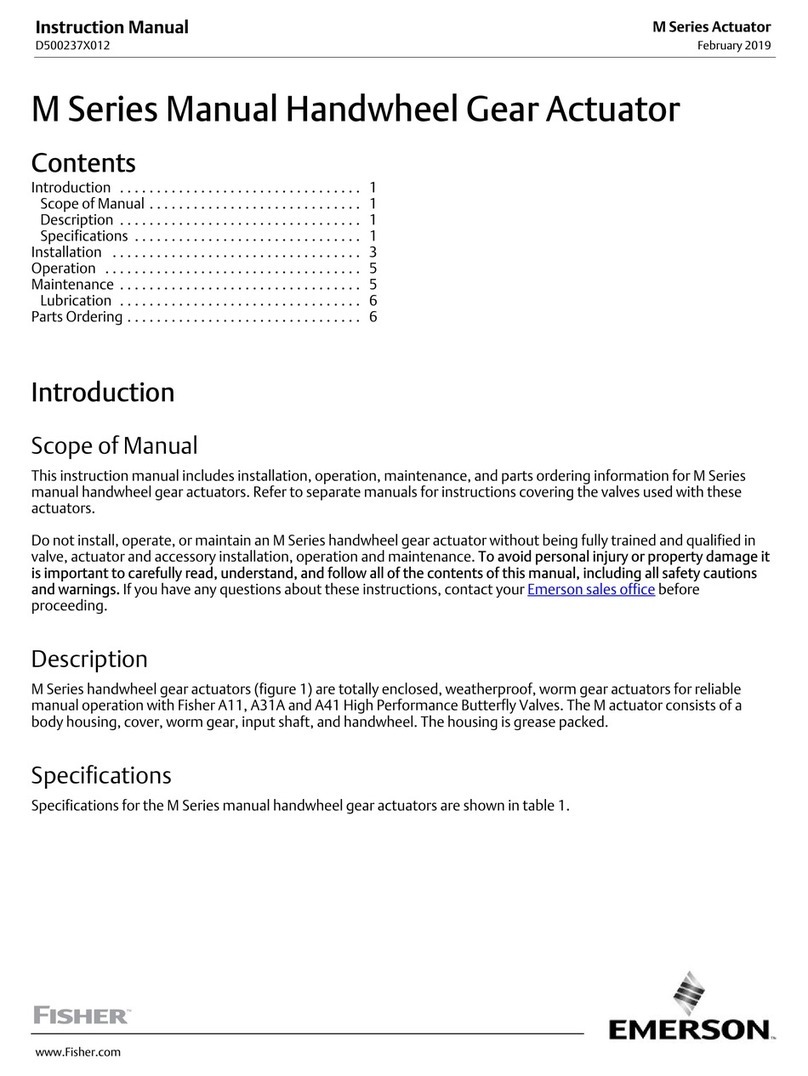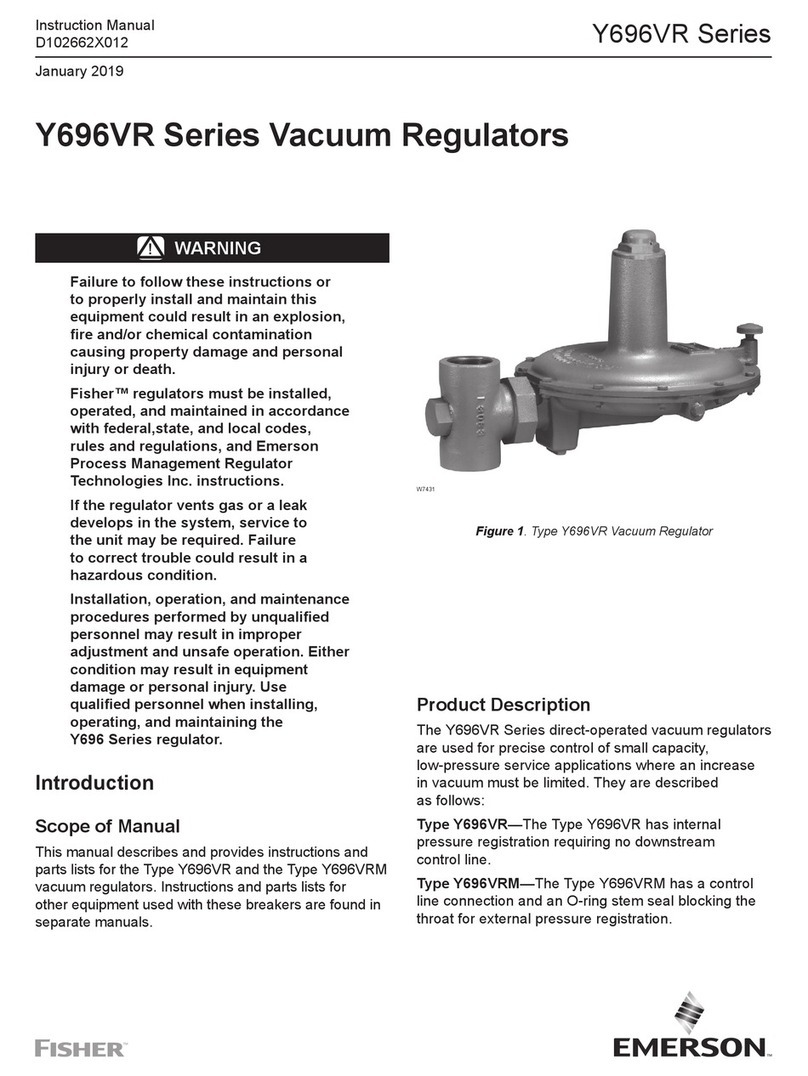
“Noise” and its Effects Overview • 1
1 Overview
One of the most common causes of communica-
tion problems experienced by CPC site controllers is
excess electromagnetic interference (EMI), com-
monly referred to as electrical noise or just “noise.”
Because refrigeration and HVAC controls are typi-
cally installed in motor rooms and utility rooms, they
are often in close proximity to other electrical
devices that generate EMI, such as power lines or
motors.
Noise can be picked up by any length of wire.
Just as an antenna helps a radio receive AM and FM
radio signals, a long length of wire between a con-
troller and I/O board or sensor can also act as an
antenna for noise.
CPC site controllers such as the E2, as well as
the peripheral I/O boards and unit controllers to
which it communicates, go through rigorous testing
to ensure (1) that they are not overly susceptible to
noise, and (2) that the devices themselves do not gen-
erate excess noise. Regardless, every long wire used
in network, power, and signal wiring can poten-
tially be an antenna for EMI. Unless proper noise
abatement wiring practices are used, even one wiring
mistake could result in enough noise to impede or
disable an RS485, Echelon, or Ethernet network.
This document is meant to provide a list of
guidelines that should always be followed when wir-
ing RS485 (I/O networks, MODBUS), Echelon, and
Ethernet networks in an E2 control system.
1.1. “Noise” and its Effects
Noise, in the context of this document, refers to
EMI induced on a network wire or connector that
result in signals that hinder the controllers’ ability to
receive and send network messages. Just as loud
audio noise in a room makes it harder for people to
communicate with each other through speech, a
noisy network makes it hard for a control device to
read messages sent from other controllers.
You should suspect a noisy network if your E2
control system experiences any of the following
problems:
• Periodic outages of communication between the main
controller (E2) and its peripheral devices. This is most
often indicated by a large number of “Controller
Offline” alarms in the E2 Alarm Log, which usually
return to normal.
• Inability to commission devices during setup. During
commissioning, the E2 attempts to find a device and
read its commissioning information - on a noisy net-
work, the E2 may fail to find devices or require sev-
eral retries before finding them. Noise may also cause
commissioning to proceed very slowly.
• Intermittent Ethernet connections to E2 (ping works,
but UltraSite or InSite cannot make connection to the
E2).
• Communication outages that occur when changes are
made to network connections to the E2. Example: the
I/O network devices stop communicating when the
Ethernet cable is plugged into the E2.
• Reboots of the E2, in situations where excessive noise
is present.
1.2. Sources of Noise
The most common causes of noise in an E2 con-
troller installation are:
• Wiring that comes close to an electrical device that
generates lots of noise,
• Routing cable that runs parallel and/or in close prox-
imity to wires that carry high AC voltage and current,
• Network cable that does not meet specifications,
• Power wiring from the transformer secondary that is
the wrong wire gage,
• Improper network structure or termination resistance,
and
• Cable that is not grounded or that is grounded improp-
erly.
